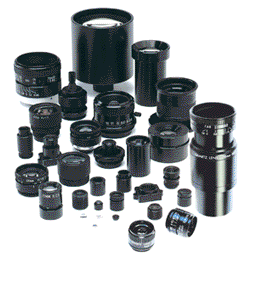High resolution lenses for machine vision — standard and custom lens design
3D Imaging Systems Increase Applications Capabilities
High Resolution Lenses for machine vision, instrumentation, inspection and vibration-sensitive applications. Standard and custom hi-res lens assemblies.

3D Imaging
As technology continues to grow so do the applications developed for 3D imaging systems. They are now becoming extremely prevalent in many different types of systems including robotics, product sorting and object tracking. In order for the 3D imaging lenses to be compatible with all the new applications, developers need to provide different types of price performance tradeoffs.
In applications such as web inspections that require 3D data to be obtained, it requires that two lenses capture images separately which can then be used to create a disparity map. Both lenses individually focus and capture light from the image. The raw data is then transferred over to the interface where software can then perform image analysis measurements.
Behind every 3d imaging system is a custom lens that captures the images needed to create the stunning visual images we now see today. In order to crate the line scan images needs, custom lens design is developed specifically for each application that is needed. As new technology is developed the ability to increase 3d lenses and their performance will increase, creating even more stunning and functional images to be used in all facets of life.